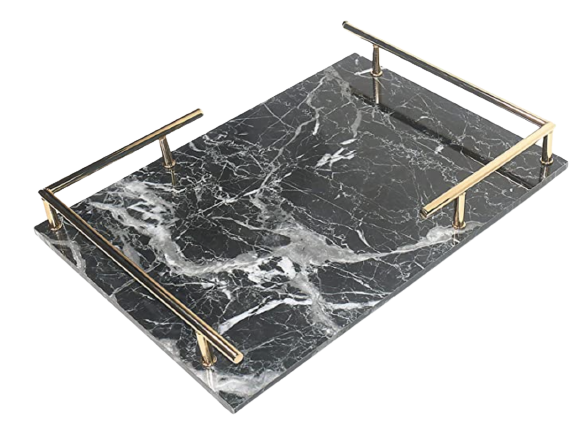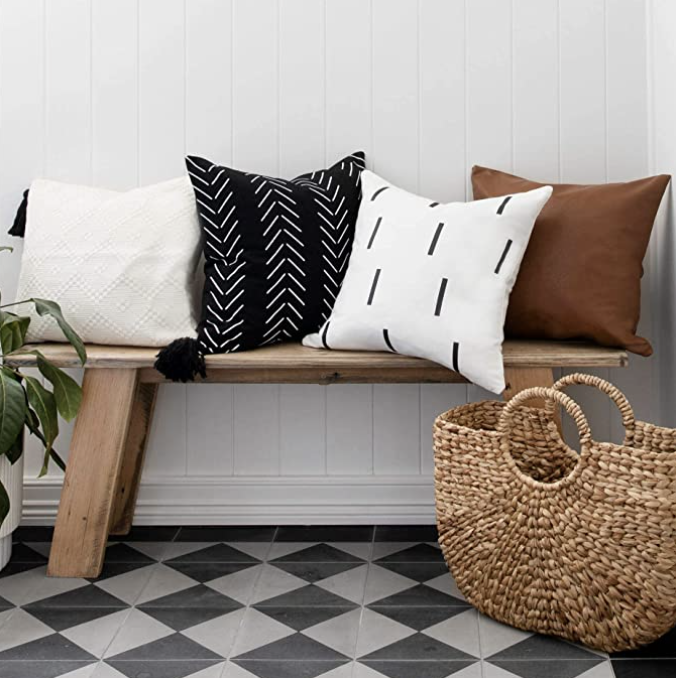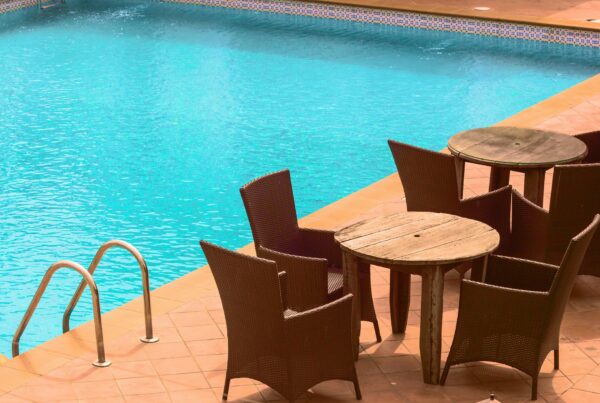Last Updated on May 17, 2022
Nature can be harsh to your outdoor furniture. Your outdoor chairs and tables can likely be subjected to dust and storms, resulting in rusting or deterioration of your furniture’s materials. To prevent this, people tend to preserve their outdoor furnishings by reupholstering them and covering them with plastic to shield them from dust, wind, or other weather conditions. Often, painting them does the job just as much while simultaneously giving them a new fresh touch. This can give your patio furniture a brand-new look.
Here are a few tips and tricks to follow while painting your patio furniture.
1. Make Patio Furniture Repairs
Before proceeding with the painting process, ensure your furniture is in good shape. A simple coat of paint would not suffice to repair rotting wood, wobbly table legs or even broken handles. Undergo the necessary steps for restoring your patio furniture so it can be serviceable for painting.
Appearance should be the second priority after ensuring your furniture is functional enough to deserve a makeover. If small re-modifications cannot save it, it is time to dispose of it and replace it with a new one.
2. Remove Rust and Old Paint from Furniture
Try your best to rid your metal furniture of all rust. This can give your paint a longer life on your furniture and prevent new paint from peeling off after being painted. Thoroughly clean off the rust with the assistance of chemicals. For example, vinegar is known to do the trick as a homemade solution.
Additionally, there are equipment and tools that you can use to grind and sand down the rust. A fresh, clean piece of metal furniture lets the paint sit for a more extended period, eliminating the need to give it another paint job in the near future. If you do not feel comfortable doing so, we recommend getting help from a professional.
Furniture pieces that have been painted in the past will typically have paint flaking off of them after a certain time has passed. Sand these down to give a smoother surface. Painting over flaky paint would otherwise cause a problem and is not recommended. A sanded down piece of furniture is the best surface for a required paint job.
3. Choose Paint Type Accordingly
The type of paint you opt for your furniture should depend upon the furniture’s material. For example, specific paints are designed for plastic furniture to bond to plastic and surfaces that are not easy for general paints to adhere to. Your usual paints do not serve as plastic surface adhesion, so a specific type is required. Additionally, spray paint has proven helpful for rattan and Muskoka furniture as it can get into the little corners and folds.
4. Apply the Right Coats and Finishes
It is typically advised to apply two layers of coats. As tempting as applying thicker layers can be, it is ideal to ensure that it is a thin layer of paint cladding over the furniture. This is because thinner layers dry faster and give a better finish. We recommend leaving a six-hour time gap between each coating.
There are different finishes available that serve various uses. Some lean towards more of an antique look but fade faster than those that may highlight imperfections in the painting yet have a longer life. Flat and matte paint finishes give a unique touch and are suitable for appearance, but they are not as long-lasting as high-gloss finishes. Eggshell finishes are somewhere in the middle and can provide a balance of both.
5. Consider the Weather
Ventilation outdoors is not something to worry about as opposed to if you were painting indoors. Yet, some things that need to be considered are the weather and climate. Rainy days are not ideal for painting for obvious reasons. Sunny days will result in your paint drying faster, leaving no room for modifying or correcting imperfections. Windy weather will cause tiny particles and debris to collect on your furniture or may cause droplets of paints to dry up in that specific droplet form, which is not a good look. The ideal condition for painting is 50% humidity and under 21 C degrees, but conditions identical to this can work too.
Nature can affect your patio furniture resulting in its rusting and deterioration. In such a case, it is a good idea to refurbish it. Painting your patio furniture can provide that brand new atmosphere to your patio. Making minor repairs can help ensure that your furniture is ideal for being painted. Ridding your furniture of rust and flaking paint can guarantee the paint you apply will last longer. Using the right paint type with the proper finishing and coat ensures that the paint dries faster and has a better finish. Ensuring that the weather is suitable for painting can help improve the paint finish.
Thank you for reading! We hope that this article provided you with the information you need so you can efficiently redesign your dream patio.









